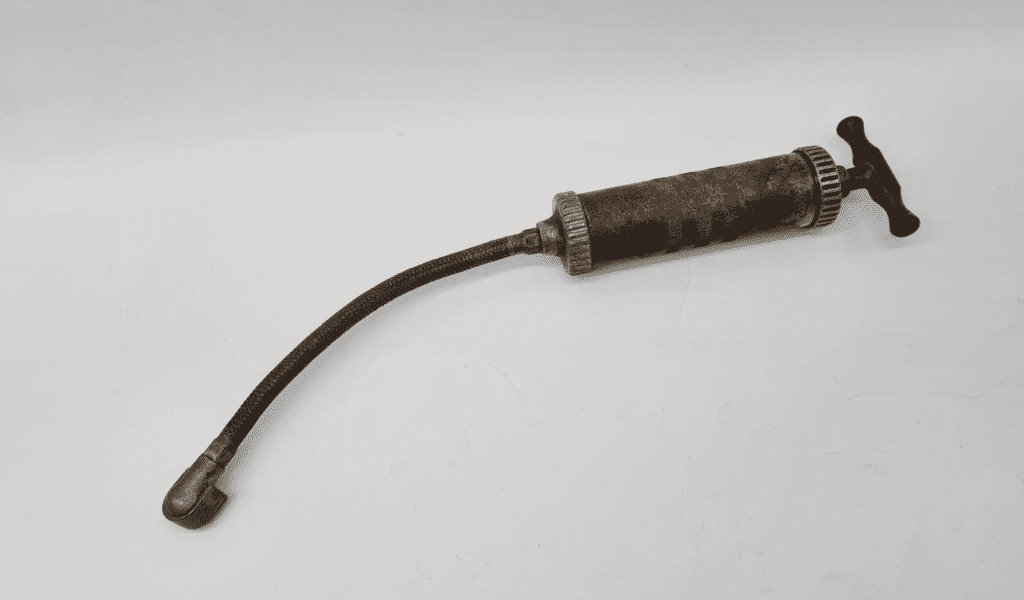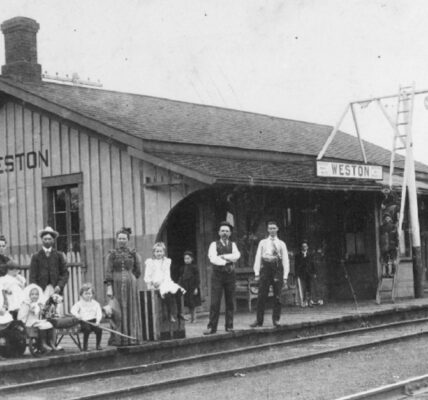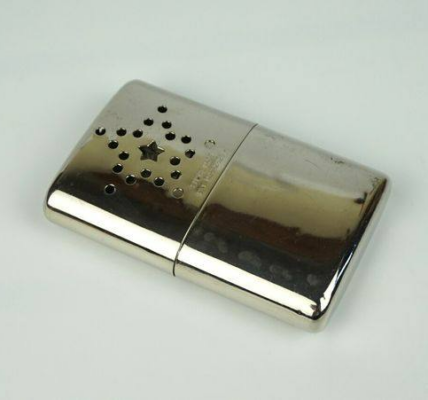The vintage grease gun holds an essential place in the history of automotive and mechanical maintenance. Emerging in the early 20th century as vehicles and machinery became more complex, this tool was designed to solve a crucial problem: the efficient lubrication of moving parts. From its rudimentary beginnings to its place as a cherished collectors’ item, the grease gun played a pivotal role in extending the life of machines and ensuring smooth operation.
In this article, we’ll explore the history, usage, and legacy of the vintage grease gun, providing insights into why this simple tool remains significant even in today’s highly automated world.
The Early History of the Vintage Grease Gun

The origins of the grease gun can be traced back to the early days of motorized vehicles and industrial machinery. With the rise of the automobile industry and the growing complexity of mechanical systems in the early 1900s, it became clear that consistent lubrication was necessary to reduce friction and wear on moving parts. Without proper lubrication, these parts would quickly degrade, leading to expensive repairs and downtime.
The grease gun was developed to meet this need, offering a practical way to deliver grease into small, hard-to-reach areas. Early models were often bulky, constructed from heavy-duty steel, and operated manually. These early grease guns featured a hand pump mechanism, requiring the user to manually generate pressure to push the grease through a narrow nozzle.
While these early grease guns may seem primitive by today’s standards, they were revolutionary at the time. They allowed mechanics and equipment operators to lubricate machinery more efficiently and effectively, reducing the time and effort needed to keep vehicles and industrial machines in good working order.
How the Vintage Grease Gun Revolutionized Lubrication
One of the key reasons the vintage grease gun became so widely used was its ability to apply grease precisely where it was needed. In the past, workers would often apply grease by hand or with rudimentary tools that were messy and inefficient. The grease gun, however, allowed for controlled application, ensuring that just the right amount of lubricant was applied to critical parts like bearings and joints.
The design of the vintage grease gun made it easy to use in a variety of settings. Whether it was used on cars, trucks, tractors, or industrial machines, the grease gun could access tight spaces and deliver lubrication to areas that were otherwise difficult to reach. This ability to target specific areas not only improved the performance of the machine but also extended its lifespan by preventing unnecessary wear and tear.
As vehicles and machines grew in complexity throughout the 20th century, the grease gun remained an essential tool in garages, farms, and factories. Its versatility made it indispensable for both professional mechanics and everyday vehicle owners alike.
The Operation and Maintenance of Vintage Grease Guns
Using a vintage grease gun required a bit of skill, particularly when it came to ensuring that the correct amount of grease was applied. The process typically involved loading a cartridge or bulk grease into the gun, then using the manual pump mechanism to create pressure and force the grease through the nozzle.
This manual operation allowed users to control the flow of grease, making it possible to prevent over-lubrication or under-lubrication—both of which could cause problems for the machinery. Over-lubricating could lead to grease buildup, attracting dirt and debris, while under-lubricating could result in metal parts grinding against each other, causing wear.
Regular maintenance of the grease gun itself was also essential. Keeping the tool clean and ensuring that it was free from debris helped to maintain its efficiency. Additionally, the seals and valves needed occasional inspection to ensure that they continued to function properly over time.
Despite the manual effort required, vintage grease guns were highly effective, and their simple design ensured that they remained reliable for decades.
The Craftsmanship of Vintage Grease Guns

What sets the vintage grease gun apart from modern counterparts is not just its functional design but also the craftsmanship that went into its construction. Most vintage grease guns were made from high-quality, durable materials like steel, ensuring they could withstand the rigors of daily use in industrial or automotive settings.
The design of these tools emphasized both durability and simplicity. Vintage models often featured a sturdy handle for easy pumping and a solid body that could hold up to repeated use. The attention to detail and quality of materials in vintage grease guns are why many of these tools have stood the test of time and remain operational to this day.
Collectors and tool enthusiasts often appreciate the aesthetic appeal of vintage grease guns as well. Their robust construction and mechanical ingenuity reflect a time when tools were built to last, and this craftsmanship has made them highly sought-after items for collectors of antique tools and automotive memorabilia.
The Legacy and Collectability of Vintage Grease Guns
Though modern lubrication technology has evolved, the legacy of the vintage grease gun remains. Today, automated lubrication systems have largely replaced manual grease guns in industrial settings, and many vehicles feature sealed bearings that don’t require regular greasing. However, the vintage grease gun holds a special place in the history of mechanical maintenance.
For collectors and history enthusiasts, vintage grease guns are more than just tools—they represent a bygone era of mechanical ingenuity. These tools are often displayed in museums and private collections, admired for their role in keeping the machinery of the 20th century running smoothly. In addition to their historical value, vintage grease guns are still used by enthusiasts who maintain classic cars, tractors, and other vintage machinery.
Their durability and functionality have stood the test of time, proving that sometimes, the simplest solutions are the most effective. Whether they are displayed as part of a collection or used to keep an old machine running, vintage grease guns are a reminder of the importance of well-designed tools in the development of modern technology.
Why Vintage Grease Guns Are Still Relevant Today

In today’s world of high-tech, automated solutions, the vintage grease gun may seem outdated, but it still has a role to play in certain settings. Enthusiasts who work on vintage cars or machinery often prefer to use period-correct tools, and the vintage grease gun remains a practical and functional option for those looking to maintain older equipment.
Moreover, the manual control offered by vintage grease guns allows users to apply lubrication with precision, something that can be harder to achieve with automated systems. For those who appreciate the hands-on nature of mechanical work, using a vintage grease gun offers a connection to the past and a deeper understanding of how machines function.
A Testament to Innovation and Durability
The vintage grease gun may have been replaced in many settings by modern lubrication systems, but its importance in the history of automotive and mechanical maintenance cannot be overstated. From its early days as a revolutionary tool in the 20th century to its place as a collector’s item today, the grease gun represents both the ingenuity and craftsmanship of an earlier era.
For those who appreciate the legacy of well-designed tools, the vintage grease gun serves as a lasting reminder of how simple innovations can have a profound impact on the world of technology and machinery.




